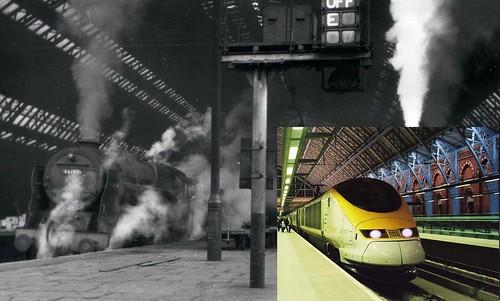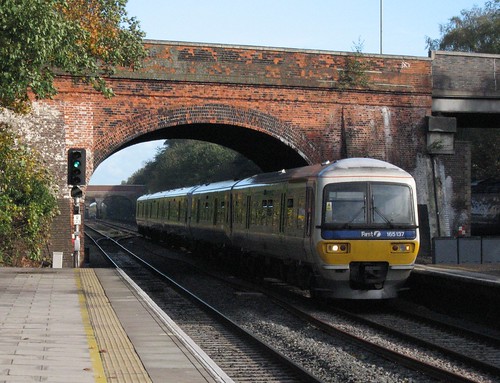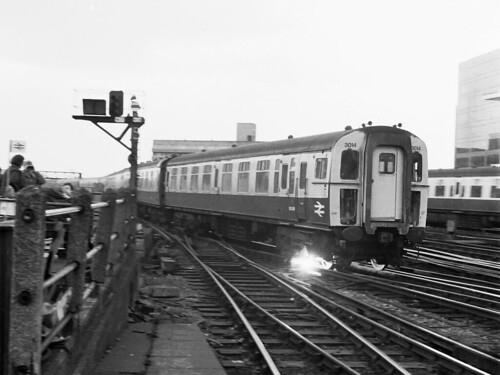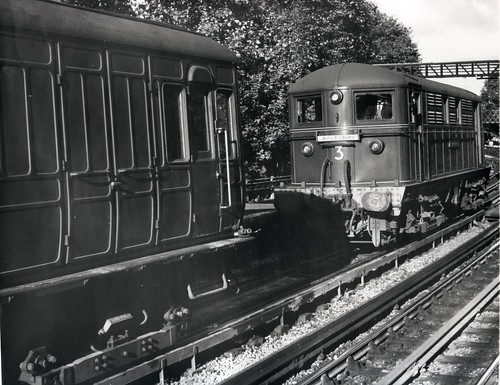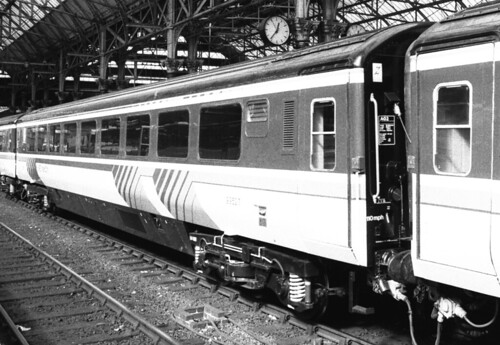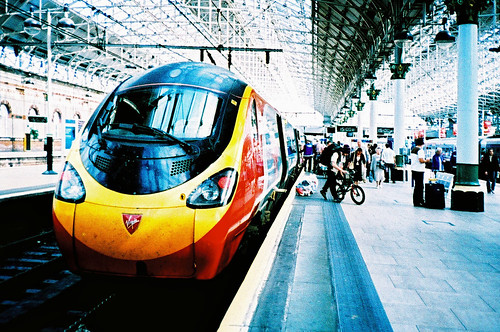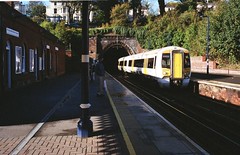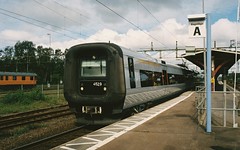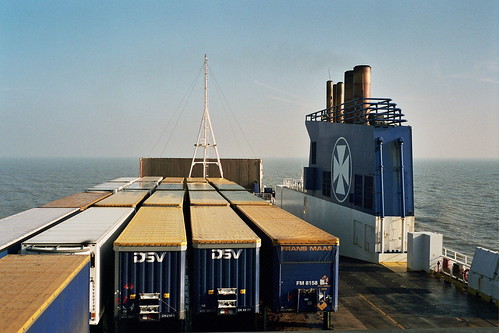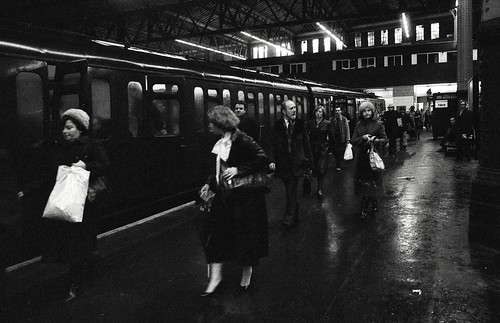Over the last few months I have come across a variety of languages in the liturgy. In England, I have encountered the new ICEL translation, which is soon to become mandatory, replacing the rather free interpretation dating from the late 1960s. An accurate translation of the definitive Latin text, it has a slightly antiquated style and I wonder how it will go down. Published with it have been the recommended musical settings, which we tried for a few weeks. We found that the notes do not fall naturally with the rhythm of the words and trip one up all the time. Someone familiar with the Gregorian chants needs to re-work the settings so make them easier to sing. It does not help either, that they were written out in modern notation instead of the four-line Gregorian notation, which is easier for inexperienced musicians to sing.
Then I have been in Sweden, where the most commonly-heard phrase seems to be "what did you say?" About one-third of what is written is never voiced, and with wide variations in dialect, it is notoriously difficult to hear what is being said. The difficulty is compounded with a high proportion of clergy who have come from other countries. It is possible to speak the language with grammatical perfection and not be understood.
In Sweden, mass is often celebrated in other languages, usually for national or other groups. Thus there are liturgies in Polish, Croatian, Aramaic (in the Chaldean rite), and English, mostly for visiting students from former British countries. A Polish one I attended was a particularly moving experience on account of the the piety of the celebration and the quality of the music, even though I understood not a word. Then there was the celebration of a mass in Swedish with (excellent) newly composed musical settings to the Italian text. I came across a mass in German, celebrated by a German bishop, which I passed up on, and a friend of mine, a priest, is soon going to be visiting but has only been taught to say the mass in English, so he will be concelebrating in silence, if at all.
I also made a visit to Riga, where I attended a mass in Latvian, and again, despite not understanding a word, this was a moving experience due to the piety of the celebration, helped also by the fact that it was in a medieval building where mass has been celebrated for the best part of a millenium.
What is one to make of all this? On the one hand, having liturgies in the languages of national communities is an encouragement to members of those communities to remain in contact with the church, which provides an important point of focus. On the other hand, the end result is that parishes become divided into national sub-communities who rarely get to meet each other, and to that extent it is divisive.
With the benefit of hindsight, it could be argued that the normal celebration of mass in the vernacular was unfortunate. It seems not to have been the intention of Vatican II, since the official document states only that mass "may" be celebrated in the vernacular, with the implication that it was a departure from the norm, which would for the mass to continue to be celebrated in Latin.
In the spirit of the liturgyBut we are where we are and Latin is not going to become the norm again, at least not for a very long time. So what could be done? It would be beneficial if clergy, particularly seminarians, with the encouragement of the bishops, were encouraged to learn the Latin mass in both the Ordinary and Extraordinary forms, and to say it more frequently. Another option would be for the priest to recite the Canon of the mass in his own language, but silently, whilst the congregation follow it in the missal, also in their own language. This would follow from a suggestion made by Cardinal Ratzinger in his book "The Spirit of the Liturgy". The dialogues and Ordinary, together with the readings and any hymns, would then be either in the local vernacular or, preferably in the case of the Ordinary, in Latin.
It would also be beneficial if members of both immigrant and native communities were encouraged to attend these masses together and to share in their social activities. This is a two-way thing.
There is also work to be done in the schools, in particular, the teaching of the simpler Gregorian chants, which are well within the ability of schoolchildren.
Humpty-Dumpty is not going to be put back together again but something more coherent might be made of the pieces.
